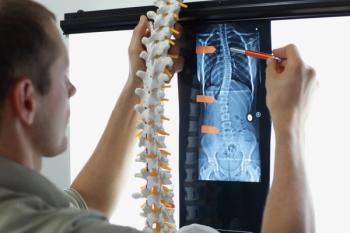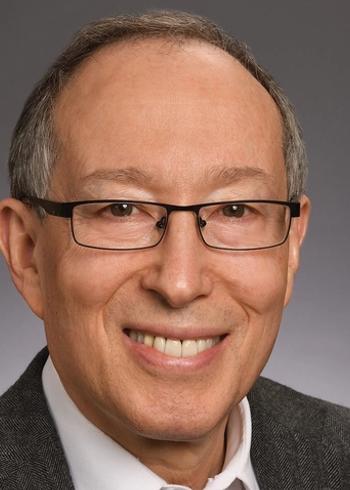
Study: Low reimbursements keep doctors from accepting new Medicaid patients
Nearly one-third of you aren't accepting new Medicaid patients, but increasing Medicaid reimbursement rates to Medicare levels could go a long way toward overcoming that reluctance, according to a new report.
Nearly one-third of you aren’t accepting new Medicaid patients, but increasing Medicaid reimbursement rates to Medicare levels could go a long way toward overcoming that reluctance, according to a new report.
After controlling for other factors, however, Decker found that the acceptance rates among all physicians for new Medicaid patients were higher in states with greater Medicaid-to-Medicare fee ratios. On average, increasing the ratio by 10 percentage points raised the acceptance rates of new Medicaid patients by four percentage points. Consequently, equalizing Medicaid reimbursement rates with those of Medicare is predicted to increase the acceptance rate of new Medicaid patients among all doctors from its current average of about 70% to 78.6%-much closer to the acceptance rate for new patients covered by Medicare (83%) and those with private insurance (81.7%.)
Among just PCPs, the study predicts, raising Medicaid reimbursement levels to match those of Medicare would increase the acceptance of Medicaid patients from its current level of 64.7% to 71.7%.
The study found that New Jersey had the lowest percentage of physicians (40.4%) accepting new Medicaid patients, followed by California (57.1%) and Florida (59.1%). The highest acceptance rates were in Wyoming (99.3%), Minnesota (96.3%), and North Dakota (94.6%).
Decker notes that under the Affordable Care Act,
Related Content
Newsletter
Stay informed and empowered with Medical Economics enewsletter, delivering expert insights, financial strategies, practice management tips and technology trends — tailored for today’s physicians.














